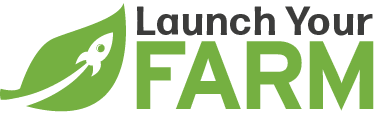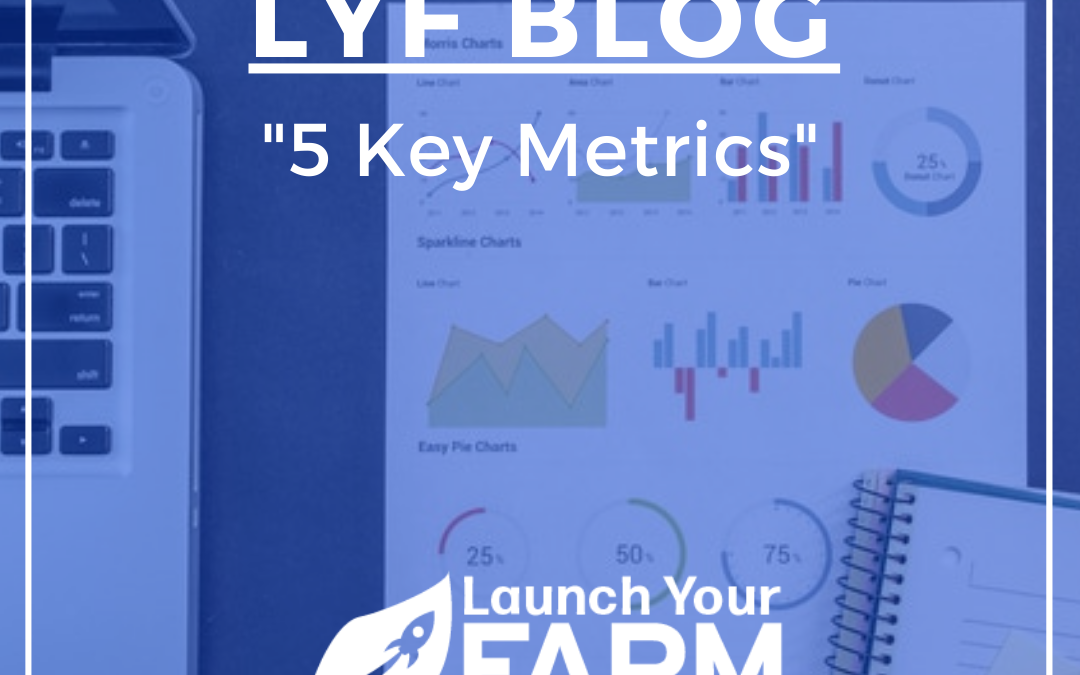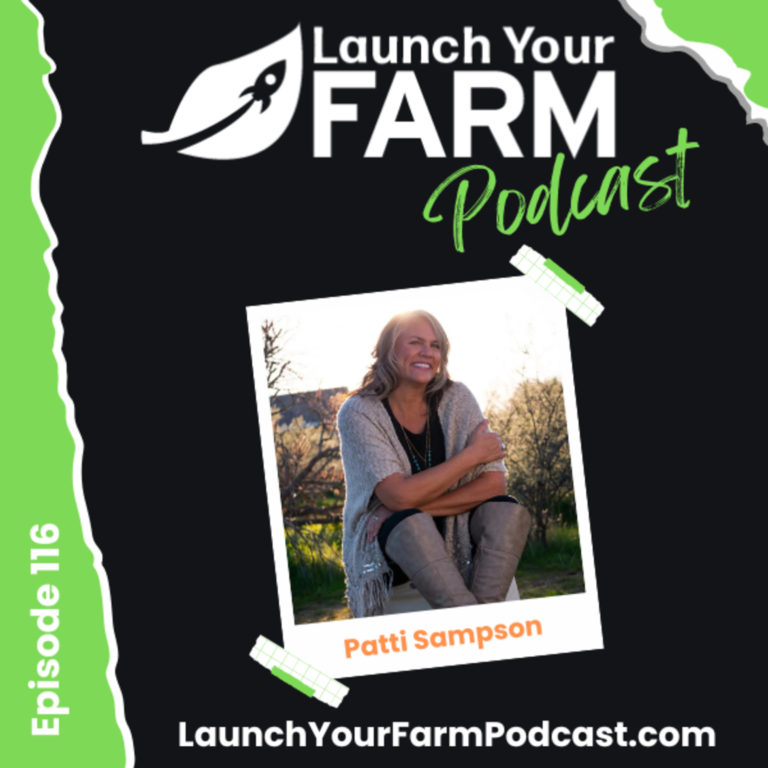For some agents, like myself, numbers can be sexy!
For other agents, numbers can be daunting and overwhelming…
The good news and the bad news is that numbers matter when it comes to farming. There are some metrics that aren’t relevant to everyone but there are some very important metrics that you should get a handle on. Some of them are more important when you are starting your farm and others are more important on an ongoing basis.

Understanding some of these key metrics will help you make better decisions, get a better handle on what’s happening in your farm and help you be more focused.
Although there are a number of metrics that are important, I’m going to dive into 5 metrics that you should start to understand better if you want to take your farm seriously.
Let’s dive in.
Turn Over Rates
This is the metric that many agents have been taught to use to choose their farm. If you’ve taken any of my training or read any of my past blogs, you’ll know that I think turn over rates are important, but they aren’t the be all and end all when it comes to choosing your farm.
If you aren’t familiar, the “Turn Over Rate” (or T.O.R.) is based on how many homes sell in your farm over a 12 month period. It’s a very straight forward calculation but understanding how it actually affects your farm can be tricky to grasp.
Let’s say you had 1,000 homes in your farm and in the last 12 months there were 100 home sales.
You would have a 10% turn over rate. That’s calculated by taking the number of sales in the 12 months by the total number of homes that are in your farm and then multiplying by 100.
100 Home Sales / 1,000 Homes x 100 = 10%.
If you had 50 sales, you’d have a 5% turnover rate.
Its pretty easy to calculate!
The trick is understanding what the turnover rates actually mean. When it comes to turn over rates, many old school trainers tell you to find an area that has a 10% turnover rate or higher and focus on that area. The problem with this advice is there really aren’t many places that have a 10% turnover rate consistently.
The other problem with that is that you may live in an area that just doesn’t turn over much so you could get discouraged by not finding a high turnover rate. Or if you do have a high turn over rate, the prices may be really low, or their may be competition, or it may be slowing down over time.
The reality is that turnover rates matter, but they aren’t the only metric to consider when choosing a farm. I know agents who crush it in their farms with a 3-4% TOR and some agents suck at farming and they have 10%+ turnover rate.
TOR alone, are not a predictor of success, so don’t get succeed into that myth.
I won’t go into too much detail about what percentage you should look for because there are a number of other factors you should be looking at when choosing your farm. Generally speaking agents look for a 5%-10% turn over rate.
If you want more help with choosing a farm and calculating your TOR, I strongly suggest checking out our 30 Day Launch Program where we break down all the key factors you should be looking at when choosing your farm.
Total Farm Value
This metric is one that I have coined myself and is a very important number to know when you are planning your budget and choosing your farm.
The “Total Farm Value” (or T.F.V.) is the total amount of commission that comes from your farm in a given 12-month period.
It’s your total “potential harvest” if you will. If you were to get every piece of business in your farm, how much money would it be worth?
Let’s say you have 1000 homes again and let’s say you have a 5% TOR. That means you have 50 home sales in the last 12 months. Now, the next number you will need is the average price point and average commission. Let’s say your average price point is $500,000 and your average commission is $12,500.
Your TFV is 50 sales x $12,500. Which is $625,000.
So, your TFV is $625,000 right?
Wrong!
You probably forgot about the purchase commission as well. There were actually 100 sales. There were 50 purchases and 50 buys.
So, the TFV is actually $1,250,000!
If you got every sale in your farm, your farm is potentially worth $1.25 Million! Now, obviously we know we aren’t going to get every sale, but you can work backwards from your goals to find out how much you could realistically get from your farm based on this number.
A realistic goal for you could be 10% of the sales in your farm. You may not achieve that your first year. (You might if you take the training we provide though… )
10% of the $1.25 million is $125,000. Your little farm of 1,000 homes could easily bring in $125,000. Not too shabby right?
So now that you know your TFV, let’s talk about the next metric.
Cost Per Home
This metric is used to find out your average “Cost Per Home” (or C.P.H.) when you are doing your marketing. Each person will have a different CPH depending on their different strategies, budgets, size of farm and a number of other factors.
The CPH is easy, when you are good at keeping records, to calculate. You take your total marketing expenses over the year and divide it by the number of homes in your farm and divide by 12.
If you had 1000 homes and you spent $12,000 for marketing in your year, you would take $12,000 / 1000 Homes / 12 Months
That means your average cost per marketing per house is $1 per house per month or $12 per house per year. Depending on what strategies you do, how many homes you market to and how focused you are will dictate your CPH.
A good rule of thumb as a starting point is a CPH of $1.
To work backwards, when you know your budget, you can figure out what you are willing to spend or can afford to spend per house. This helps you budget and look for ways to best spend your money.
Using the TFV example, if you are aiming for 10% of the business and want to get $125,000 in gross commissions, what would you be willing to spend to get that?
Would you spend 10%? That puts you at $12,500 per year for your farm. Or approx. $1 CPH.
Obviously, you can do it a lot cheaper, but it might be more difficult to get the same return if you aren’t spending money. And you may spend a lot more, depending on your strategies and commitment. It really will depend on how much time and effort you will be willing to put into it so there is no “right” answer.
Agent Market Share
Understanding “Agent Market Share” (or A.M.S.) will help you measure your competition. It’s very similar to the TOR, except its agent sales per total number of home sales per year.
Keep in mind there are two sides again. The seller and buyer side.
We want to calculate how many homes each agent has as a percentage for both.
I generally like to stick with the top 20% of sales agents to get realistic number, as there will be a number of agents only doing 1 sale per year. If you want to do it for every agent, you can, but in most markets the average agent will only be doing a sale or two a year in your farm.
So, we want to find the most productive agents and calculate how many homes they sell per year divided by the number of home sales in that year and then multiply it by 100. And then do the same for the buy side.
If “Agent A” had 5 listings and 3 buys, they would have 10% AMS for listings and 6% for the buy side.
That’s 5 Listings/50 Sales x 100 – 10%
3 Buyers/50 Sales x 100 – 6%
Now do this for Agent B and Agent C etc.
This number will help you find out who is actually doing business in your farm and to find out who MIGHT be your competition. You can do this going back a number of years to find out the trends for the top agents and see if they are gaining, maintaining or losing market share.
Total Contact Rate
This one is an important metric to know and will take some discipline to track when you are getting started. The “Total Contact Rate” (or T.C.R.) is calculated by the total number of homes you’ve personally made contact with and have legit contact information for divided by the total number of homes in your farm.
I’m talking about a name, phone number or email. And you must have made contact with them.
Let’s say you have made contact and got contact information for 400 homes in your farm of 1000, you have a 40% TCR.
The goal ULITIMATELY is to get to 100%, however that is unlikely as not everyone will want to give you their contact information, but the key is to continually try and get as close to 100% as you can.
If you put your time and effort into increasing this number, you will begin to change the strategies in your farm and it forces you to be more effective with your time. If you put your energy into building relationships and increasing your efforts to contacting and connecting with your farm you will get their contact information and you will increase your market share.
So many agents have been taught to just keep sending out your marketing message to as many people as you can, but the reality is that the agents who do the best in their farms don’t just blanket an area with marketing to everyone, they focus on building relationships and getting contact information.
The quicker you increase your TCR, the quicker you will start to see results. I’m sure you’ve heard it before… “Real estate is a contact sport!”
If you are looking for ways to increase your TCR and build relationships in your farm, then I strongly suggest checking out our Launch Your Farm Boot Camp Program where we teach you multiple ways to increase your contacts and build relationships to quickly increase your market share.
Conclusion
So, there you have it. You may have heard a few of those metrics, but it’s important to have a well-rounded understanding of what’s happening if your farm. When you begin to really understand the metrics and how that effects your business, you will be able to unlock more opportunities, you will be able to become more efficient and are able to grow a much healthier business.
If you haven’t yet, go calculate these metrics in your farm. You may just be surprised!
Happy Farming!
Ryan Smith – Founder/Creator
Launch Your Farm
Be sure to check back on our blog and show to get awesome information about geographic farming!
Blog – http://www.LaunchYourFarm.com/Blog
Show – http://launchyourfarm.com/category/interviews




Recent Comments